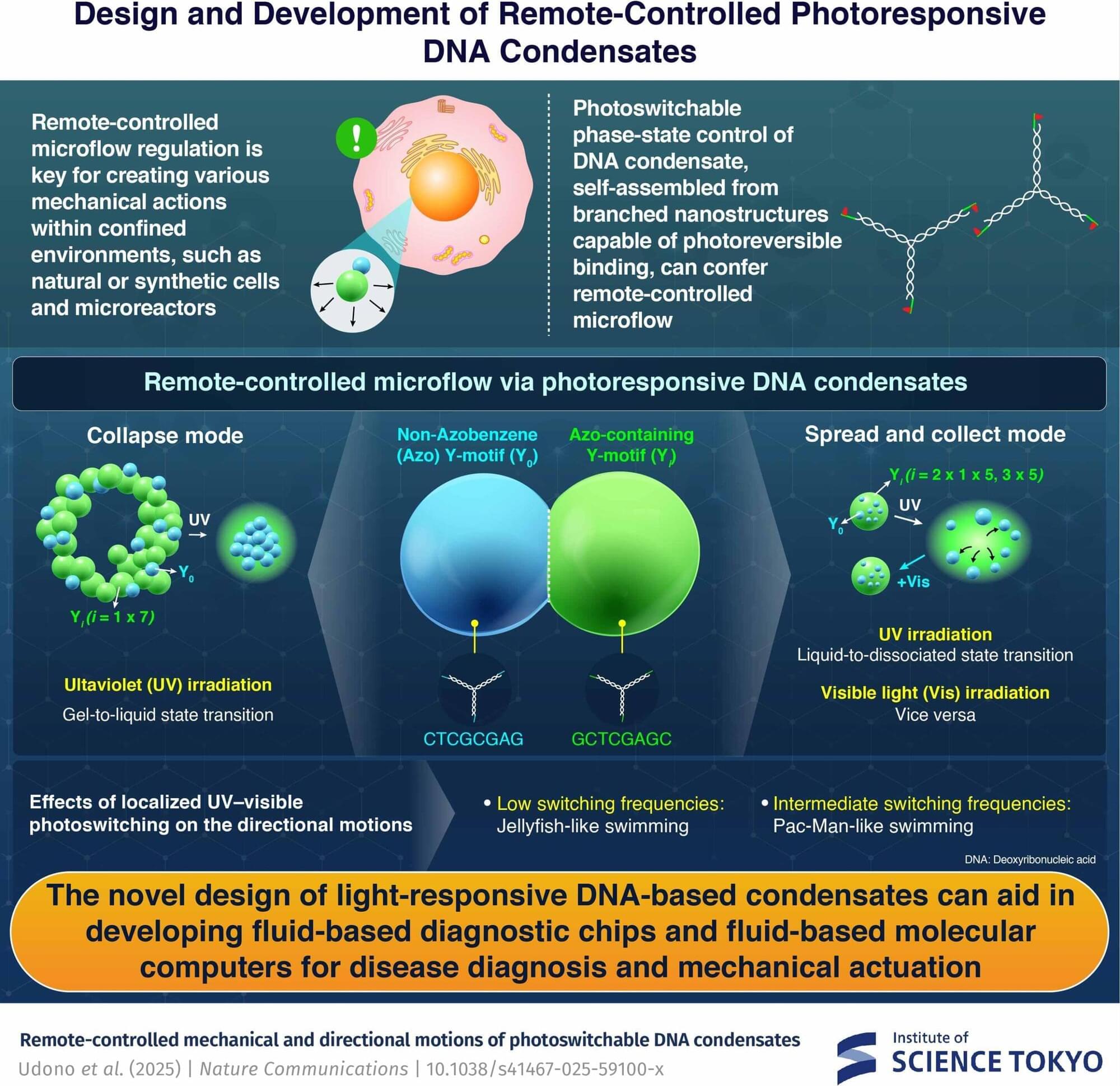Although we know sleep is essential to our physical and mental well-being, it remains an incredibly enigmatic behavior, scientifically speaking. Researchers at the University of Michigan, however, may have developed a new hypothesis to account for one of sleep’s looming mysteries.
Every living thing that sleeps appears to follow the same basic pattern. From wakefulness, organisms transition to a repeating cycle of sleep with low brain activity followed by a stage where our brains are harder at work, among other things, generating vivid dreams. Humans’ eyes also dance around behind our eyelids during that high-activity stage, which is why it’s referred to as rapid eye movement (REM) sleep.
Although there are a few notable exceptions—including people with narcolepsy and people who haven’t slept in days—this repeating non-REM to REM sleep cycle is remarkably prevalent across the animal kingdom.









